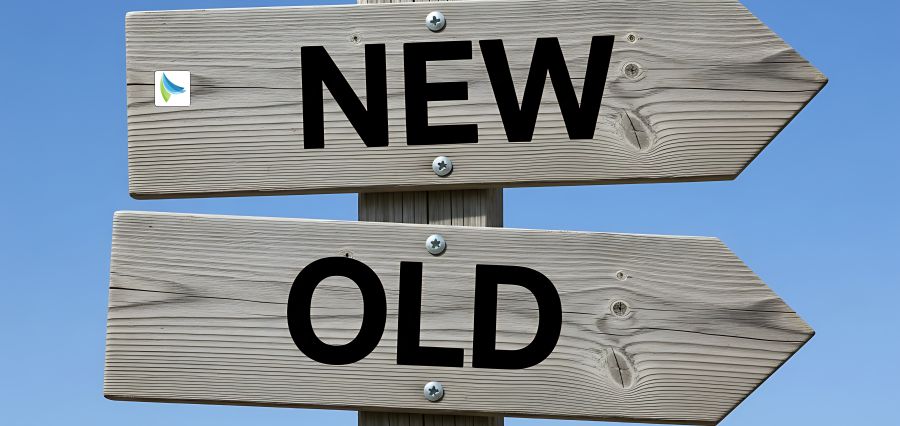The Vision Effect
All great revolutions, innovations, and movements start with a vision — a strong imagination of what can be, and the will to bring it into being. Vision is the most powerful driver of great leadership. It’s not goal-setting or implementing strategy; it’s inspiring people to have faith in a shared future that they can create together. This energy — the Vision Effect — is the one that makes ordinary groups great groups and businesses lasting legacies.
The Strength of a Shared Vision
Vision gives direction, meaning, and inspiration. Leaders inspiring vision give their people a higher purpose than tasks from workday to workday. People are not employed by a company; they are contributing to something bigger.
Shared vision brings individuals together in any role, position, and function. It provides harmony within teamwork and decision-making, pushing everyone toward the same destination. This harmony is where collective momentum — the power that helps teams accomplish more collectively than they ever could separately — is derived.
Beyond Words: Vision in Action
A vision is only as effective as the behavior it inspires. Great leaders articulate their vision in concrete strategies, quantifiable goals, and daily practices that are actualized through long-term visions. They do not just talk in speeches or mission statements but in ordinary decisions, open behavior, and real commitment.
As people observe leaders living the vision — deciding about values and purpose — trust is built. Vision then becomes more than a thought exercise; it is ignited as an alive, breathing culture that informs the way people think, work together, and innovate.
The Emotional Connection
Emotional connection fuels the Vision Effect. Reason and fact may guide, but emotion energizes commitment. Visionary leaders know that to most effectively energize people, they must connect to their sense of purpose and belonging.
They weave stories that connect individual values and organizational purposes. They get others to see how their work serves — not the bottom line, but something more than themselves. That personal stake converts compliance to zeal, effort to passion.
Turning Vision into Momentum
Momentum is established when vision turns into movement on a mass scale. Not overnight, though; it’s when individuals see small wins, see progress, and have faith in where they are headed.
Leadership is very much responsible for establishing the process. They determine landmarks, celebrate effort, and remain consistent even in challenging times. In doing this, they keep people’s morale and feeling that the vision can become reality.
Moreover, good leaders understand that momentum is an outcome of flexibility. Effective leaders create strategies with alteration of conditions, hence the pursuit of vision becomes dynamic rather than static. Flexibility sees to it that momentum is given maintenance even in uncertainty.
Empowerment is the ultimate test of visionary leadership. When the power of the leader grows exponentially as others feel that they are part of the vision — owning it, making their own decisions, and leading by initiative — that is the benchmark.
The best leaders construct this distributed leadership on autonomy and trust. They attempt, they invite different ideas, and they challenge others to bring to the forefront their unique abilities. Such communal stewardship converts the followers into co-creators, snowballing and catalyzing innovation.
Sustaining the Vision
Maintaining shared momentum involves continuous reinforcement of vision. In high-change environments, distractions and changing priorities can impair focus. Leaders have to keep re-affirming teams to the “why” — the cause and beliefs behind the mission.
Sustained communication, reflection, and thanksgiving fuel interest. Periodic re-visit to the vision by new stories, accomplishments, and plans keeps it fresh and inspiring. This sustained approach prevents momentum loss in fleeting success but transmutes it into lasting influence.
The Ripple Effect of Visionary Leadership
The Vision Effect is far-reaching beyond the walls of an organization. Value-based leadership affects partners, customers, and communities. It sets the bar for integrity, innovation, and inclusion — values that cross industries and generations.
When leaders encourage people to dream bigger and live more boldly, they create waves of change that move far beyond their own personal orbit of influence. This wave is how visionary leadership builds not only successful companies, but visionary communities.
Conclusion
Good leaders do not direct people or processes — they initiate movements. With vision, they establish direction; with action, they establish trust; with purpose, momentum. The Vision Effect is the unseen power that transmutes potential into progress, ambition into achievement, and people into a unifying force for change.
With a world that is more dynamic and global each day, vision is the overriding force. Visionary leaders who possess it don’t just lead organizations — they create the future.












